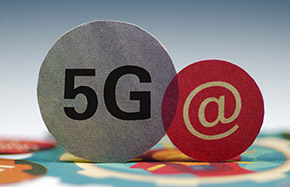Urbanization boosts need for public art
As the nation experiences an explosion of public art amid rapid urbanization, questions concerning controversy and the public good arise.
Whether you think it's creative or not, Florentijn Hofman's Rubber Duck proves that a common object such as a child's bath-time friend can inspire the birth of a public art work, winning popularity and arousing commercial interest.
 |
|
Florentijn Hofman's Rubber Duck attracts visitors to |
The craze for the giant bird has spread from Hong Kong to Beijing, and is further fueled by massive copies. When Hofman's original work debuted in Beijing's Garden Expo Park, another yellow rubber duck, dressed in a green waistcoat and followed by seven green eggs in a line, was unveiled on the lake at Beijing's Yuyuantan Park.
Beyond the interest in the giant duck, one can see a growing appetite for public art, which is backed by a growing number of urbanities on the mainland.
Recent years have witnessed an eruption of landmarks of city culture, mostly in the form of gigantic sculptures. Yet few of them are pleasant to look at, or at the least bring the simple joy the yellow bird has conveyed to its viewers.
A century ago, only 10 percent of the world's population lived in cities. The ratio grew to 50 percent by the end of the 20th century. Amid a global wave of rapid urbanization, China has ascended to the rank of countries that boast the fastest-expanding urban communities.

























